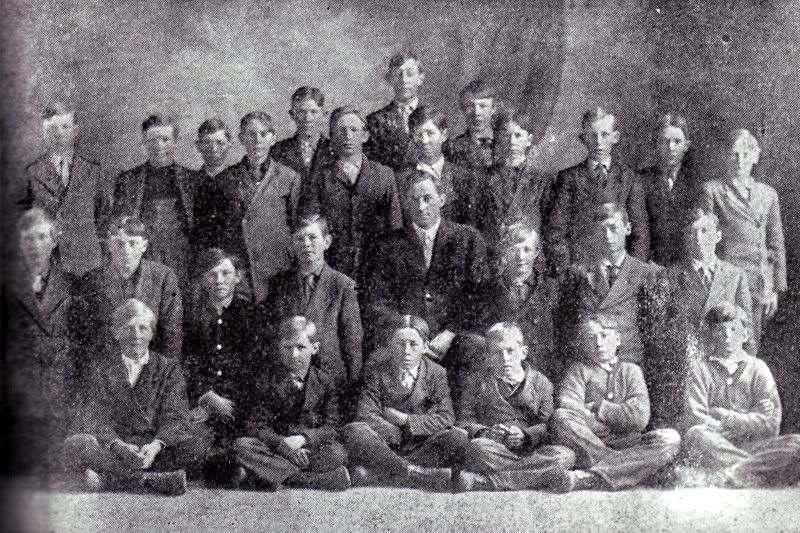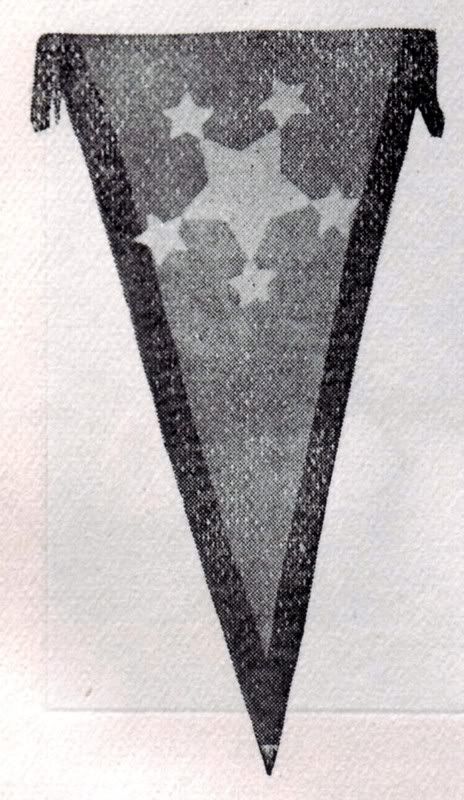Returning to one of my favorite topics: Primary was intended for boys, growing out of the perception that wild little Mormon boys needed a measure of domestication before they could grow up into fine Mormon men. To her credit, the founder of Primary, Aurelia Spencer Rogers, did love little boys and designed activities that appealed to them – active outdoor work and marching – to go along with the civilizing influence of singing and listening to stories about being kind to others.
By the time the first generation of Primary leaders had retired, though, Primary had ceased to be of much interest to the boys, or at least to the older ones (before the development of Scouting, boys and girls remained in Primary through age 14). I speculate – but do not have solid evidence to support – that the loss of interest was due largely to a feminization of Primary: Women leaders, more attuned to the proclivities of little girls, less tolerant of rambunctious boy behavior, and less eager to engage in the grubby, active, outdoor interests of boys, had gradually made of Primary a sedentary indoor program of song and story with less appeal to boys.
So boys dropped out. By the hordes and multitudes and hoodlum-cultivating gangs. The situation was so bad in Utah’s Heber City that they might as well have cancelled Primary. By 1909, for instance, only 5 of the 35 boys in the Heber 3rd Ward, ages 10-14, could be hog-tied and delivered to Primary over their own loudly voiced protests. The Heber Stake Primary Board asked the wards to do something – anything – to interest the boys and bring them back to church.
Nellie C. DeGraff, President of the 3rd Ward Primary, accepted the challenge to develop classes geared toward boys. After considering the talent in her ward, she called Mary L. Willes to develop a class for the older boys – and just the boys, separate from the girls, a novelty in Primary work to that date. Mary L. Willes was known to love boys and to understand them, and she accepted the challenge despite failing health.
 Sister Willes met with her five boys on the first week of the new program and discussed with them what they liked and needed and wanted. She listened to the boys talk, and they listened to her ideas, and together they adapted the Primary program to suit. Sister Willes’ earnest attentions to the boys’ desires won almost instant acceptance: The five boys at the first meeting grew to 14 at the second, and 32 at the third. And they kept coming.
Sister Willes met with her five boys on the first week of the new program and discussed with them what they liked and needed and wanted. She listened to the boys talk, and they listened to her ideas, and together they adapted the Primary program to suit. Sister Willes’ earnest attentions to the boys’ desires won almost instant acceptance: The five boys at the first meeting grew to 14 at the second, and 32 at the third. And they kept coming.
We don’t have a lot of information about their specific activities, but whatever they did, it worked. We know the boys met separately from the girls, and we know that they built crafts – kites and fly traps and simple home improvements. We know that the songs and stories became less about sweet little angels who sat with their arms folded and heads bowed, and more about young men who made choices and accepted responsibility. We know that the four best singers formed a class quartet, and that Sister Willes organized a class harmonica band.
The boys and their teacher decided they needed to set goals, and they chose one themselves– reflecting, perhaps, how badly Primary training was in fact needed in that generation – that together they would avoid the cigarette smoking that so many of them had already adopted.
To encourage their efforts and reward their success, the boys proposed that those who achieved the aim of not smoking be designated as “Honor Men.” Sister Willes went one farther – if the boys would avoid cigarettes and attend Primary every week unless they could bring an excuse note from their parents, she would come up with something tangible for the Honor Men to display.
 At the end of three months, 19 of the 32 boys could claim the distinction of being Honor Men. Sister Willes staged a public exhibition for the class, attended by their parents and ward leaders. The boys presented a short program for their guests, describing what they were doing in Primary, and playing their harmonicas. Then each Honor Man was ceremoniously presented with a green pennant edged in red, bearing a white star, as a symbol of his achievement. The class marched out of the chapel, the Honor Men carrying their pennants over their left shoulders, to applause from the audience.
At the end of three months, 19 of the 32 boys could claim the distinction of being Honor Men. Sister Willes staged a public exhibition for the class, attended by their parents and ward leaders. The boys presented a short program for their guests, describing what they were doing in Primary, and playing their harmonicas. Then each Honor Man was ceremoniously presented with a green pennant edged in red, bearing a white star, as a symbol of his achievement. The class marched out of the chapel, the Honor Men carrying their pennants over their left shoulders, to applause from the audience.
The recognition worked – by the end of the next three-month period, the number of Honor Men had grown to 26. The new Honor Men won their pennants, and the originals earned a small white star to add to the one of the points of the original star.
Sister Willes kept up her work with her boys as long as she could. Eventually her boys had to help her slowly climb the stairs to their classroom; finally, however, she could walk no more, and her husband took her to California in an effort to prolong her life. Brother O.A. Tangrew took over the boys’ class, continuing the traditions established by Mary Willes.
The class was not uniformly successful. A few of the boys dropped out altogether, but most remained. At the end of two years, at least 15 Honor Men had won enough stars to complete their pennants. The class was a model closely observed by the General Primary Board. It may be too simplistic to assume that the Blazer/Trekker/Guide program grew directly out of the Heber 3rd Ward experience, but there are elements to the new program – boys meeting separately from girls, activities beyond the classroom, marking achievements by tangible symbols – that are similar to that pioneered by Sister Willes.
Sister Willes concludes her summary of her program by writing, “The work will close the latter part of May [1912] by honorable promotion into the Y.M.M.I.A., and although some have failed we have proven to our satisfaction that most boys’ hearts can be reached by prayer, humility and love.” And a good dose of meeting the boys on their own terms, we could add.
Continue reading at the original source →



